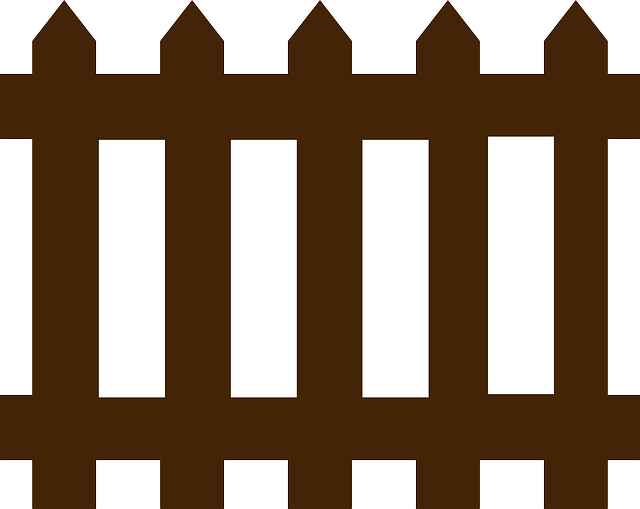DIY Fence Installation Tips for New Bedford, Massachusetts Homeowners
Considering a DIY fence installation? For New Bedford homeowners, this project offers both practical benefits and aesthetic improvements. Before you begin, understanding your fence options tailored to New Bedford’s unique yards is key. From wood to vinyl, each material presents specific advantages. Next, meticulous planning involves measuring and mapping out your fence layout. Proper ground preparation ensures a sturdy foundation, making your fence more durable. Our step-by-step guide, coupled with expert tips on securing and finishing, will help you achieve a beautiful, long-lasting fence installation.
- Understanding Your Fence Options for New Bedford Yards
- Measuring and Planning Your Fence Layout
- Preparing the Ground for Installation
- Step-by-Step Guide to DIY Fence Assembly
- Tips for Securing and Finishing Your New Fence
Understanding Your Fence Options for New Bedford Yards
When it comes to fencing your New Bedford, Massachusetts yard, there are numerous options available, each with its own unique benefits and considerations. Start by evaluating the size and layout of your property. Wooden fences, such as cedar or pressure-treated pine, offer classic beauty and come in various styles like picket, rail, or privacy panels. These are popular choices for residential areas due to their durability and natural resistance to rot and pests. Alternatively, vinyl fencing is low-maintenance, attractive, and available in a wide range of colors and designs, making it an excellent option for those seeking a long-lasting, hassle-free solution. Chain-link fences are sturdy and often used for security purposes, providing visibility and protection for larger yards or commercial properties.
Measuring and Planning Your Fence Layout
When planning your DIY fence installation in New Bedford, measuring and mapping out your desired layout is a crucial first step. Take time to walk the perimeter of your property, identifying where you want the fence to start and end, as well as any specific shapes or angles it should include. Mark these points clearly using stakes and string to create a visual guide. This will help ensure your fence aligns with your property lines and fits seamlessly into your landscape.
Next, consider factors like nearby structures, trees, and existing vegetation that might impact the placement of your fence. Make note of any utility lines or other obstacles as well. Creating a detailed plan on paper or using a digital tool will make the installation process smoother, saving you time and potential headaches down the line.
Preparing the Ground for Installation
Before installing your fence, preparing the ground is a crucial step. Clear the area of any debris, plants, or obstructions that might interfere with the fence’s placement. Mark out the perimeter of your desired fence line using stakes and string to ensure accuracy. Then, loosen the soil along this line to allow for better drainage and a more stable base.
Loosening can be done manually with a garden fork or a mechanical digger if the area is larger. This process ensures that your fence is installed on level ground, promoting longevity and preventing future issues related to an uneven surface.
Step-by-Step Guide to DIY Fence Assembly
To tackle a DIY fence installation, start by gathering all necessary materials and tools, including your fencing posts, panels, concrete, a drill, and measuring tape. Choose a time when the weather is favorable, as dry conditions are ideal for setting concrete. Begin by marking the perimeter of your desired fence line with stakes and string to ensure accuracy. Dig holes for the posts using a post-hole digger, following manufacturer guidelines for depth and spacing. Place the posts in the holes, ensuring they’re plumb and level before filling the gaps with concrete. Allow the concrete to set completely, usually 24-48 hours. Once cured, attach the fence panels to the posts using brackets or nails, securing them tightly.
Tips for Securing and Finishing Your New Fence
Once your fence posts are securely in place, it’s time to start installing your fence panels. Begin by attaching the bottom rail to the posts using nails or screws, ensuring a tight fit. Then, secure the fence panels to the rails, using brackets where needed, and fasten them tightly. Make sure the panels are level and aligned properly.
For a clean finish, trim any excess material from the top of the fence panels and ensure all connections are secure. Consider adding a cap or top rail for enhanced durability and aesthetic appeal. Regularly inspect your fence throughout the year, tightening any loose connections as needed to maintain its stability and longevity.
